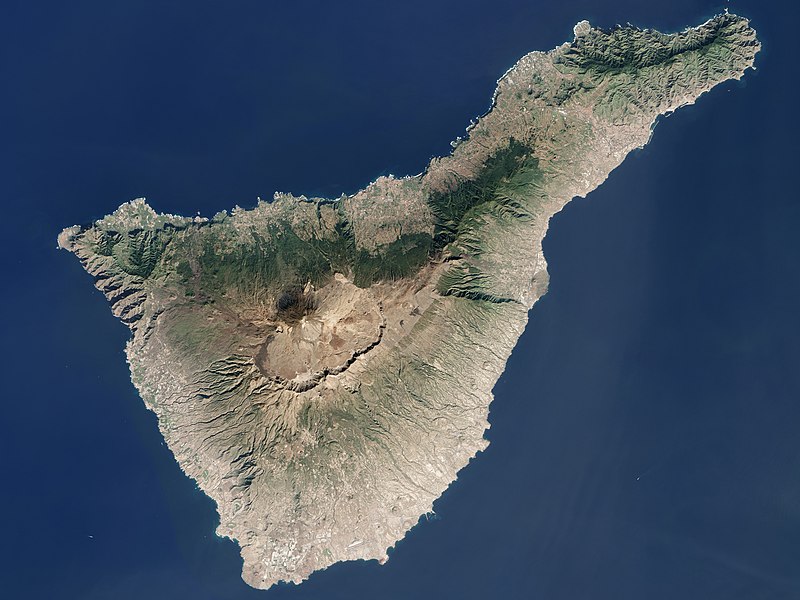Tugna:Tenerife, Canary Islands.jpeg

Tiddi n azaraskan agi : 800 × 600 iferdisen n tugna. Tibuda nniḍen : 320 × 240 iferdisen n tugna | 640 × 480 iferdisen n tugna | 1 024 × 768 iferdisen n tugna | 1 280 × 960 iferdisen n tugna | 2 560 × 1 920 iferdisen n tugna | 6 000 × 4 500 iferdisen n tugna.
Afaylu aneṣli (6 000 × 4 500 pixel, tiddi n ufaylu: 3,8 MB/MO, anaw n MIME: image/jpeg)
Amazray n ufaylu
Senned ɣef yiwen azmez d usrag iwakken ad ẓṛeḍ afaylu aken yella deg imir nni.
| Azemz/Ssaɛa | Aqmamaḍ | Iseggiwen | Amseqdac | Awennit | |
|---|---|---|---|---|---|
| Lux a | 12 Meɣres 2021 à 05:13 |  | 6 000 × 4 500 (3,8 MB/MO) | StellarHalo | {{Information |Description=Detailed imagery can reveal components of the volcanism that helped shape Tenerife, the largest of Spain’s Canary Islands. But the wide view paints a more robust picture. The Operational Land Imager (OLI) on Landsat 8 acquired this image of Tenerife in its entirety on January 25, 2016. From summit to sea, you can see the transition between the caldera, the tree line, and the populated coastal areas. The summit of the Teide stratovolcano reaches 3,718 meters (12,198... |
Aseqdec n ufaylu
Ulaḥedd seg isebtar sɛan azday ar afaylu-agi.
Aseqdec n ufaylu amatu
Iwikiyen-agi-nniḍen seqdacen afaylu-agi:


